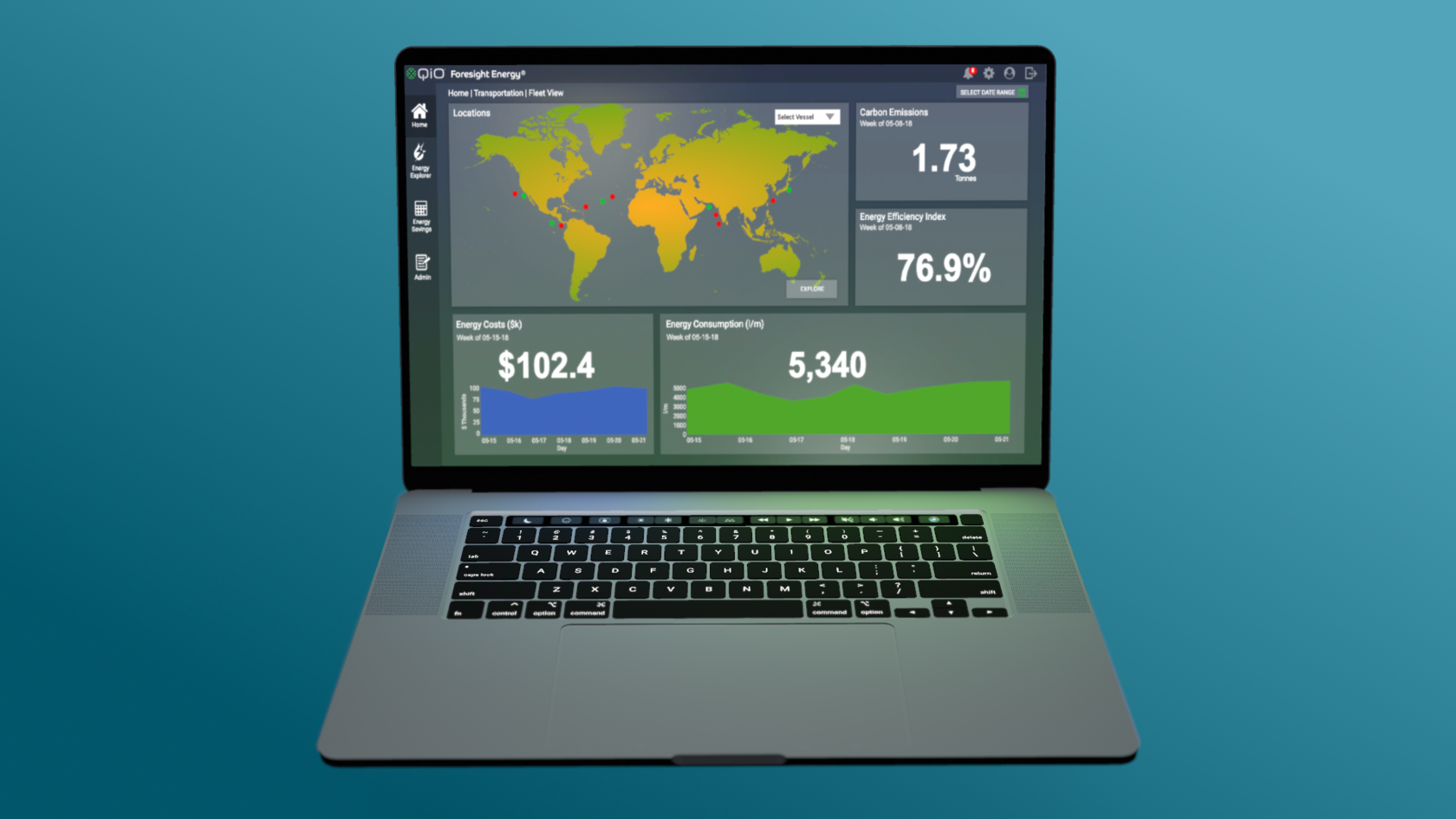CASE STUDY
QiO Technologies
Introduction
QiO Technologies is a company that makes a suite of applied AI solutions, empowering industrial companies on their journey to sustainability.
Their applications help industrial companies optimise their energy usage, carbon emissions, production throughput and quality. They can also monitor and service assets with prescriptive and predictive insights to maintain optimal effectiveness and extend asset life.

Penspen, a provider of asset management tools for the energy industry, came to QiO to help them develop a tool that was capable of processing mass amounts of data collected on gas pipeline conditions along the ocean floor.
Cameras within the pipelines collected millions of data points capturing pipeline integrity along many miles. Penspen's engineering staff were overwhelmed by the amount of data and could not find a scalable solution to process the information and make recommendations to their clients.

The Problem

QiO had a software solution in their offering of Foresight Maintenance. Using the power of advanced analytics and artificial intelligence to identify failures, Foresight Maintenance is able to prescribe the recommended best course of action for maintenance teams to be more productive, take safer actions and increase asset lifetime.
This customized solution started off with a 2-day design workshop with Penspen stakeholders. The purpose of this workshop was to identify the problems, define the user personas and examine possible solutions within the framework of Foresight Maintenance.
This customized solution started off with a 2-day design workshop with Penspen stakeholders. The purpose of this workshop was to identify the problems, define the user personas and examine possible solutions within the framework of Foresight Maintenance.
The Solution
In a group setting with key Penspen engineers and managers, I led Day 1 of the design workshop to help them understand the problems they were trying to solve and define their customers' experience.
To that end we discussed the problems their customers were having, resulting in affinity maps, personas and user journeys.
To that end we discussed the problems their customers were having, resulting in affinity maps, personas and user journeys.
Design Workshop - Day 1
On Day 2, I introduced the team to the concept of sketching ideas onto paper. We did a few sketching exercises to get them warmed up to the idea.
Then, we sketched some keyframes of the user journey and did a dot vote to select a few to move forward with.
We ended the day with producing a storyboard concept, identifying key tasks in the user journey.
Then, we sketched some keyframes of the user journey and did a dot vote to select a few to move forward with.
We ended the day with producing a storyboard concept, identifying key tasks in the user journey.
Design Workshop - Day 2
I designed detailed wireframes which allowed us to conceptualize how the complex dataset would appear in the user interface.
After conducting several rounds of wireframe iterations, they were tested with stakeholders, which gave us significant insights to create a user experience that was both functional and user-friendly.
After conducting several rounds of wireframe iterations, they were tested with stakeholders, which gave us significant insights to create a user experience that was both functional and user-friendly.
Wireframes
The visual design phase of UX design involves creating the look and feel of the user interface.
It focuses on the graphical elements that users will see on their screens, such as colors, typography, images, icons, and other visual elements.
The goal of the visual design phase is to create a cohesive, visually appealing interface that is easy to use and aligns with the user's needs and preferences.
It focuses on the graphical elements that users will see on their screens, such as colors, typography, images, icons, and other visual elements.
The goal of the visual design phase is to create a cohesive, visually appealing interface that is easy to use and aligns with the user's needs and preferences.
Visual Design
High fidelity interactive prototypes were developed using Axure, creating a detailed and advanced version of a design that closely resembled the final product.
By creating a realistic representation of the final product, I could ensure that the design met user needs, was visually appealing, as well as functional.
By creating a realistic representation of the final product, I could ensure that the design met user needs, was visually appealing, as well as functional.
Prototyping for Software Simulation
QiO went on to develop the final product. Penspen was able to increase productivity by 40% and streamlined their workflows, allowing their engineers to focus on higher-level tasks such as expert analysis and recommendations. This can ultimately lead to improved efficiency and effectiveness in their operations, and may also provide a competitive advantage in their industry.
In Summary
